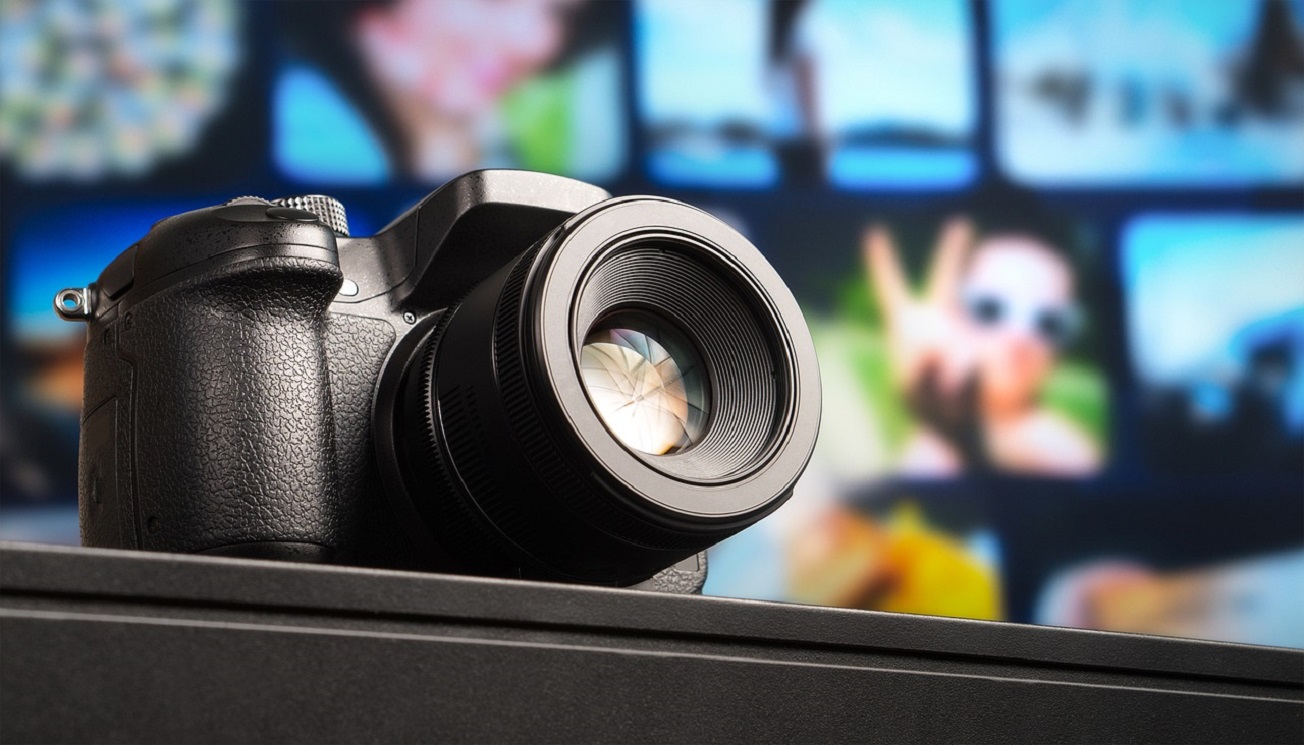I Make Movies with DSLR Cameras. Here’s How I Get Smooth Shots–Cheap. – The National Interest Online

I make weird little movies on shoestring budgets with skeleton crews. I can’t afford to drop five grand on a steadicam, but I still need to run around with DSLR cameras while getting smooth shots.
So I tried out three different pieces of affordable hardware for shooting stabilized video. One is fast and easy and produces meh pictures. Another is slow and hard and works great when it works at all. A third is slow and hard and a total waste of money.
Remember that first Jason Bourne movie from 2002? Fun flick. Excellent performance by Matt Damon. Solid direction from Paul Greengrass. But the camera-work during the action scenes is, by design, chaotic and shaky. Some people reported getting nauseous.
Handheld shaky-cam shots have their place, but I wanted to be able to move our camera smoothly. I also had just a few hundred bucks to spend. I tried a motorized gimbal, a non-motorized stabilizing mount and a gimbal with a built-in camera.
There are a bunch of motorized gimbals on the market. I bought a tried-and-true Crane M2 from Chinese firm Zhiyun. You can pick one up new for $200.
The Crane and other motorized gimbals all are basically grip handles with a motorized mount for a digital camera. They work by slightly moving the camera to compensate for the operator’s own movement.
The problem is, you have to manually balance the camera, perfectly centering its weight on the mount. That’s difficult, to say the least. And every time you add equipment to the camera — say, a microphone — or change the lens, you risk imbalancing it.
It took me several hours of work over a period of several days to balance a Canon DSLR on my Crane. The picture looked great, but it almost wasn’t worth it.
And it drove me to the Osmo, a built-in gimbal-and-camera combo from DJI in China. The Osmo solves the balancing problem by coming with its own, fixed, high-resolution digital camera. Boot it up and go!
There are a number of Osmo types on the market. I’ve used older, lower-resolution Osmos and also the newer Osmo Pocket that shoots in 4K. You can buy one new for $350.
The older Osmos are slow to boot but the Pocket is fast. The problem is the sensor and lens. The Osmos with their tiny sensors tend to produce flat, cold images. Sure, they’re smooth. But the color is so far off that it can be hard to correct in editing. And there’s no option of switching lenses. Every shot is wide with a high f-stop number, meaning everything is in focus. No artsy, out-of-focus backgrounds.
If you’re impatient and you don’t mind cold, flat pictures, go with the Osmo or a similar camera-gimbal combo. If you have time and you want to use your own camera and lenses, buy a Crane or some other motorized gimbal.
But whatever you do, don’t try to save a couple hundred bucks by buying a non-motorized “stabilization system.” I tried a Merlin 2 from New York-based Tiffen. The company recently discontinued the Merlin but you can buy used copies or similar stabilizers for $150.
They’re all essentially just hinged handles underneath a DLSR mount, with a counterweight that extends below the camera.
The idea is for the counterweight to act against the operator’s gestures, smoothing out the camera’s movement. But balancing the Merlin requires extremely precise adjustments to the camera position and the hanging weight.
I spent days trying to balance my Merlin and never managed to do it. If I balanced it left to right, the front-to-back balance would be off. If I locked down front-to-back, the side-to-side balance would be off. It drove me nuts. All the YouTube tutorials in the world couldn’t save me.
The lesson is, you can stabilize your shots for cheap. Just not too cheap.
David Axe serves as Defense Editor of the National Interest. He is the author of the graphic novels War Fix, War Is Boring and Machete Squad.
Let’s block ads! (Why?)

